What is in the speaking paper?
The Cambridge English: Preliminary Speaking test has four parts and you take it together with another candidate. There are two examiners. One of the examiners talks to you and the other examiner listens.
Summary
| Time allowed: | 10–12 minutes per pair of candidates |
|---|---|
| Number of parts: | 4 |
| Marks: | 25% of total |
| You have to talk: | with the examiner with the other candidate on your own |
The SPEAKING part of CAMBRIDGE EXAM consists on 4 parts:
Part 1 (Interview)
| What's in Part 1? | Conversation with the examiner. The examiner asks questions and you give information about yourself, talk about past experiences, present job, studies, where you live, etc., and future plans. |
|---|---|
| What do I have to practise? | Giving information about yourself. |
| How long do we have to speak? | 2–3 minutes |
PART 1- INTERVIEW QUESTIONS
Personal information
- How are you?
- What's your name?
- What's your surname?
- Can you spell your surname/ family name?
- How old are you?
- What nationality are you?/ Where are you from?
-In which part of Spain do you live?
Home Town
- Where do you live?
- Can you tell me something about your town?
-What is the most interesting part of your town?
- What is the difference between life in cities and life in the countryside in your country?
- Do you prefer living in a city or in a town or in the countryside?
- Would you prefer to live in your own country or in another one?
- Can you describe some of the shops in your town?
Family and Home
- Can you tell me about your family?
- What does your family do together?
-Where do you go at the weekend?
- Have you got any brothers or sisters? What are their names and ages?
-Do you live in a house or in a flat? Can you describe it?
-What is your favourite meal of the day?
-What food don't you like?
-Who usally does the cooking in your home?
- What do you think it is better: living in a house or in a flat? Why?
-Do you have a favourite relative? What's he/she like?
Study/ School
- Are you a student?
- Where do you study?
- Which is your favourite subject? Why?
-Which is the subject you like the least? Why?
-What other subjects do you study?
- Do you enjoy studying English?
- Do you thing English is important for your future?
-How long have you being studying English?
- How do you get to school?
- How long does it take to get to school?
- Tell me about your day at school
- Who is your favourite teacher? Why? What is s/he like?
- Do you have a part-time job after school?
-How many students are there in your class?
-What time do your lessons start in the morning?
Leisure/ Free time
-Do you have any hobbies?
-How did you became interested in your hobby?
-What do you like doing after school?
-How much homework do you usuallly have each day?
-What kind of music do you enjoy the most?
-What do you have in common with your friends? Do you share any hobbies?
-What are the most important qualities in a friend?/What characteristics do you admire most in a friend?
-Is there anything you would not be able to forgive a friend for?
-What kind of sports are you and your friends interested in?
-Do you practice "extreme sports"?
-What do you and your friends like to do when you go out?
-How do you usually spend your holidays?
-What places have you visited in your country?
Past
- What did you do yesterday?
-What did you do last weekend?
-What did you do in your last holidays?
- What is the last time you were to the cinema?
-Which film did you see?
- How did you celebrate your last birthday?
Future plans
- What are you going to do tomorrow?
-What are you going to do next weekend?
-What are you going to do in your next holidays?
- What do you hope to do in the next few years?
-What would you like to be when you grow up?
Part 2 (Discussion)
Let's see that in real context by watching this video:
USEFUL VOCABULARY TO USE IN THIS PART
- What's your opinion about...?
- What do you think of....?
- I think/ believe it is a good idea /option to....
- I don't think it is a good idea / option to....
- I agree with you because....
- I don't agree / disagree with you because....
- I suppose you are right because....
- I'm sorry but I think you are not right/ wrong because....
- Well, we have concluded that...
- We think the best option is...
And now it is time for you to practice. Good luck!!
 
Your boyfriend/girlfriend and you are planning to spend a weekend out. Discuss and decide which of the following options is the best
 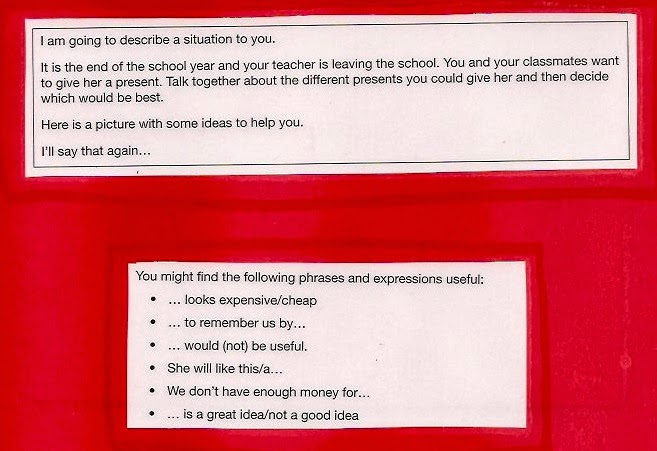 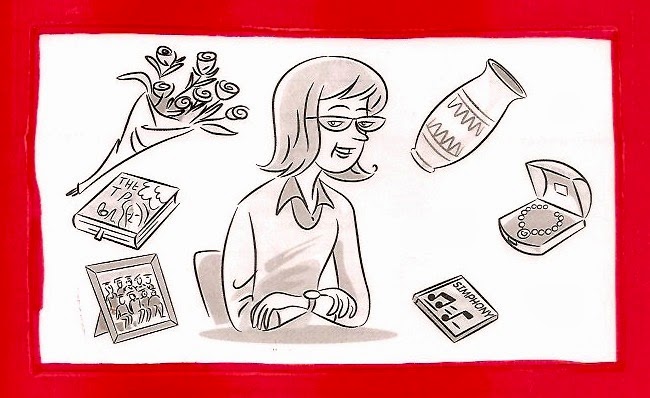 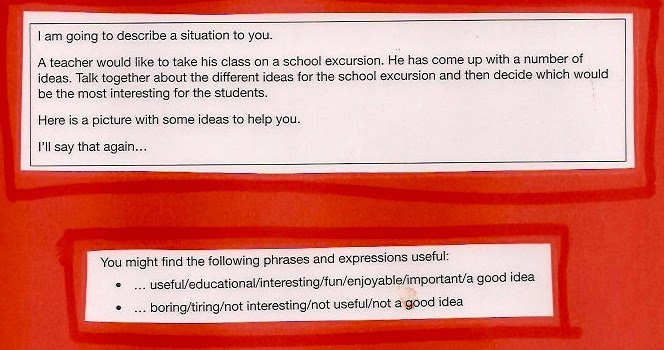 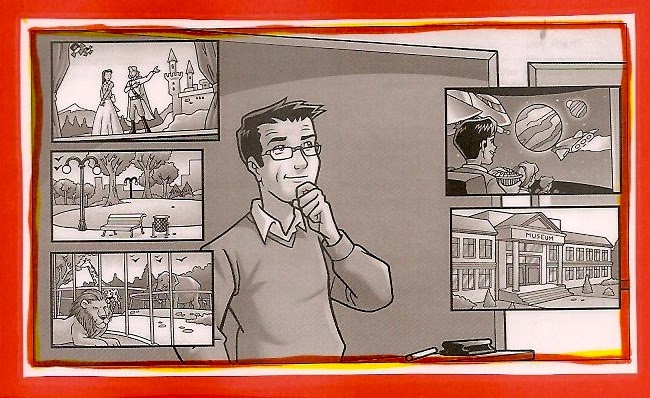 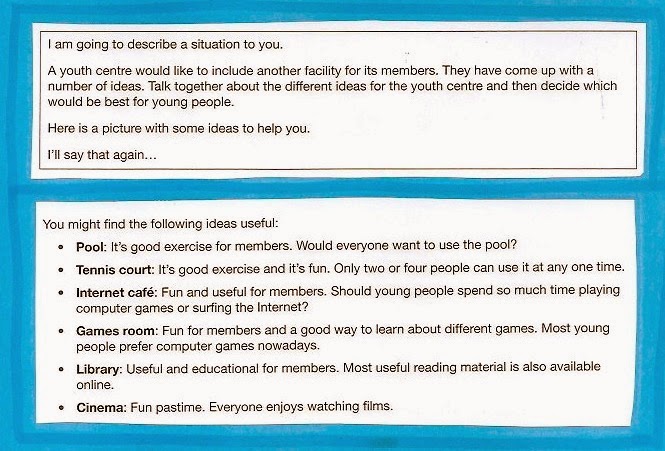 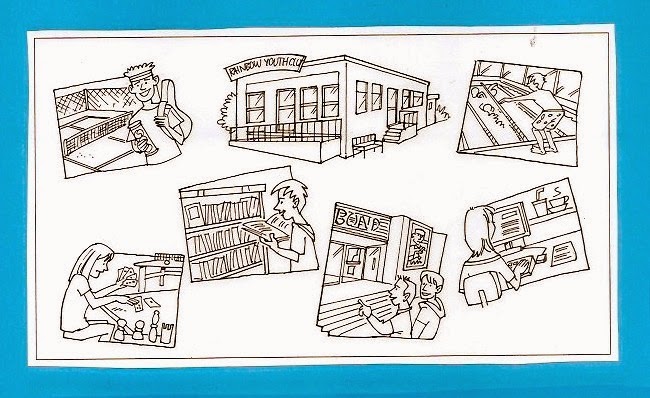 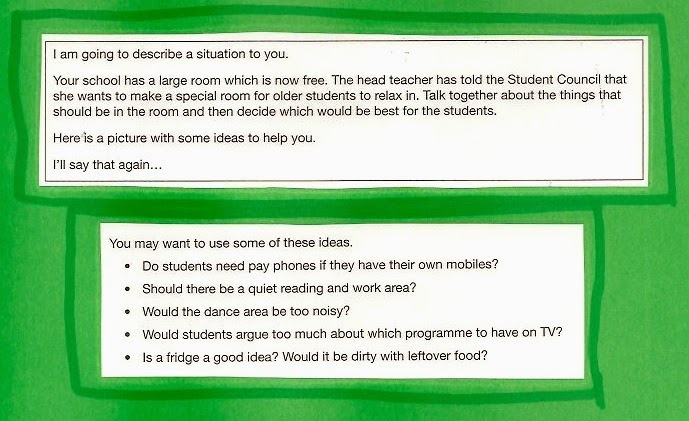 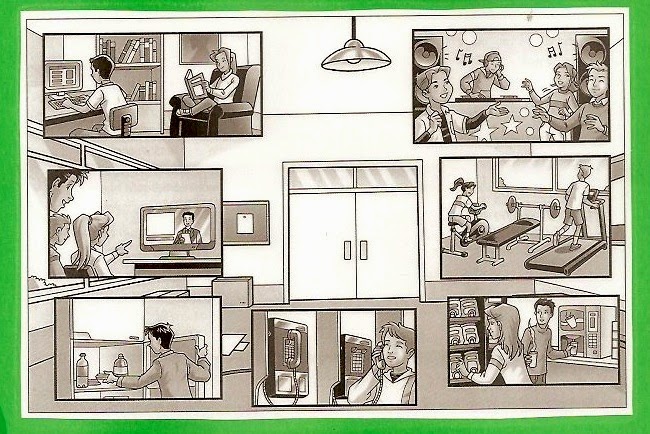 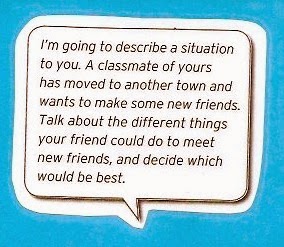 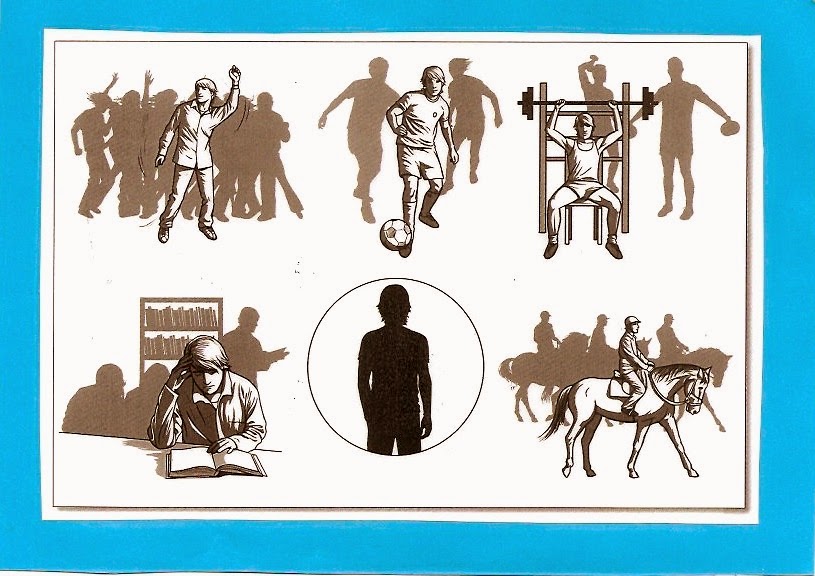     Part 3 (Extended turn)
Let's watch the video:
And now let's practice:
example and activities to do as warm up, click on EXAMPLE
more useful examples already for you to learn how to do this part of the text. Watch them at home carefully: Click HERE
USEFUL LANGUAGE:
TO GIVE A GENERAL INTRODUCTION
- This picture shows...
- In this picture I can see...
-This is a picture of...
TALKING ABOUT PLACES
- They are walkin in the countr/city/mountains...
- She is talking inside/ outside a café/bus/shop
- I can see a street market/ old building/square/ beach...
- They are indoors/ outdoors
- It is daytime/ night time...
DESCRIBING PEOPLE'S AGE
- He is about 40 years old
- They are in their 30s
- He is a baby / toddler / child/ teenager/ adult/ middle-aged woman/ old....
DESCRIBING PEOPLE'S CLOTHES
- She is wearing a pair of glasses and a blue T-shirt...
- They are wearing casual clothes..
- He's wearing a school/ work uniform...
DESCRIBING PEOPLE'S ACTIONS
- He's sitting at a desk/ table..
- She's standing in a queue/ line...
- They are having breakfast / lunch/ a rest...
- Some people are playing on the beach and others are sunbathing...
DESCRIBING PEOPLE'S ROLES IN A PICTURE - He's probably a shop assistant and she's a customer...
- This person on the left seems to be a tourist guide - he's pointing to a building..
- The man serving the drinks is a waiter...
DESCRIBE PEOPLE'S FEELINGS IN A PICTURE - You can tell they are enjoying themselves because they are smiling...
- He seems a bit frightened. Maybe this is the first time he's tried this...
- She looks very interested in this activity - she's concentrating very hard...
PARAPHRASE (use these phrases to describe words you don't know) - It's something you fry food in (frying pan)
- It's is a kind of / type of container for flowers (a vase)
- It's a cupboard for keeping clothes in (a wardrobe)
MAKE GUESES/ SPECULATING
- It looks to me as if...
- They probably...
- It's possible that...
- Maybe...
- They could be ...
- I guess/ suppose
- They look like / It looks like-..
IMPORTANT TO REMEMBER!!!
- Talk in sentences - don't produce lists of items you can see - Use present continuous - Organize your description - don't describe the same thing more than once. - Start with a general idea of the subject of the picture before going into details. - Give reasons (related to the picture) to support your ideas - Talk about the situations as well as the physical things you can see in the picture - Make speculations about what you see - Give some personal reaction to the picture - Listen quietly when your partner describes hi/her photo - do NOT give help or comment Picture description powerpoint | ||||||||||||
Describing pictures in English class from garceral
Now, let's start practicing with Megan:







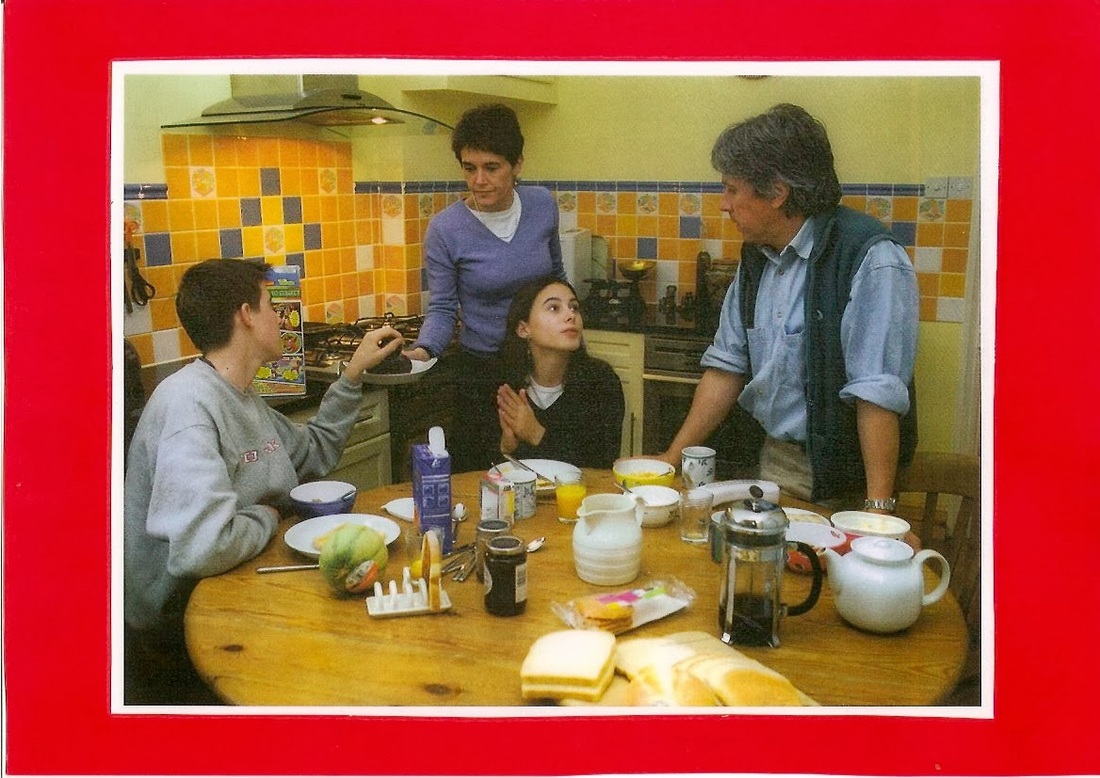
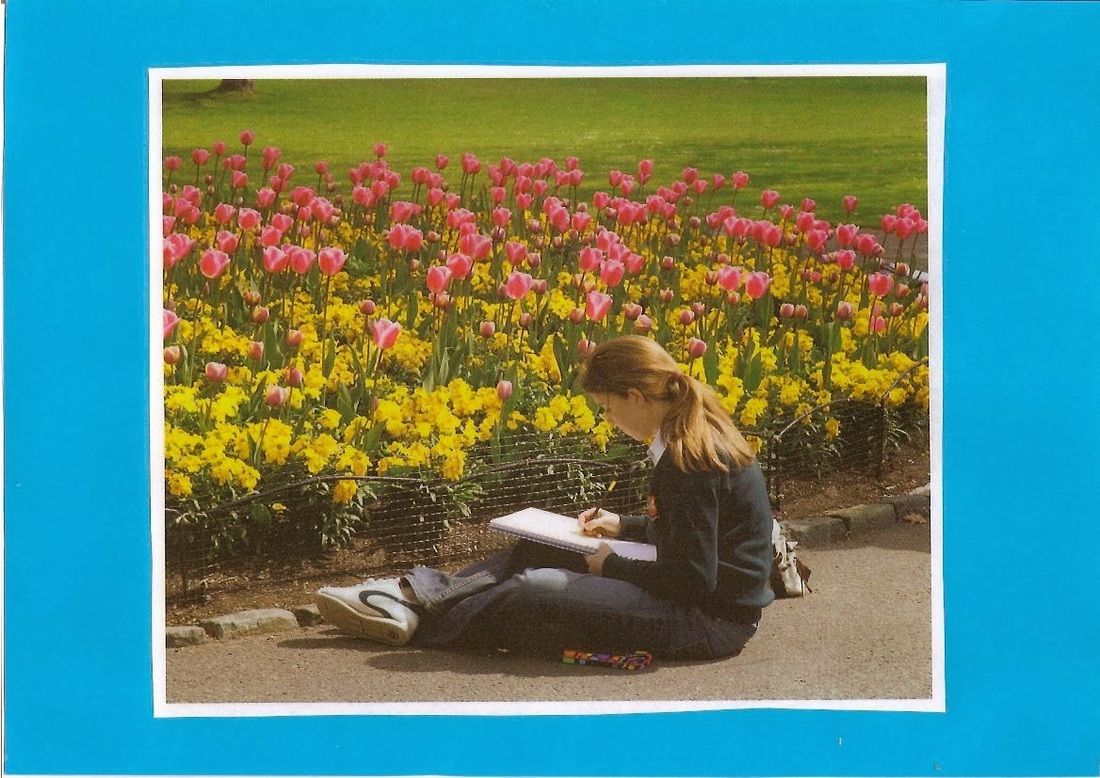
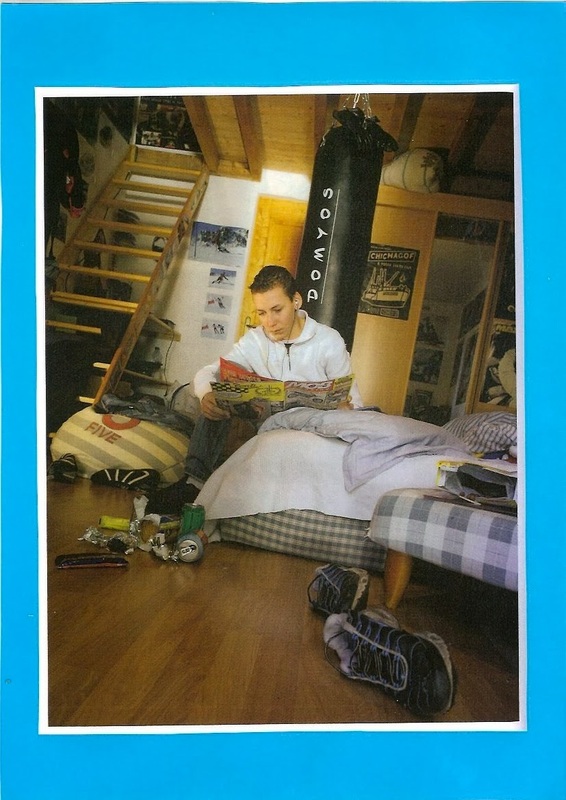
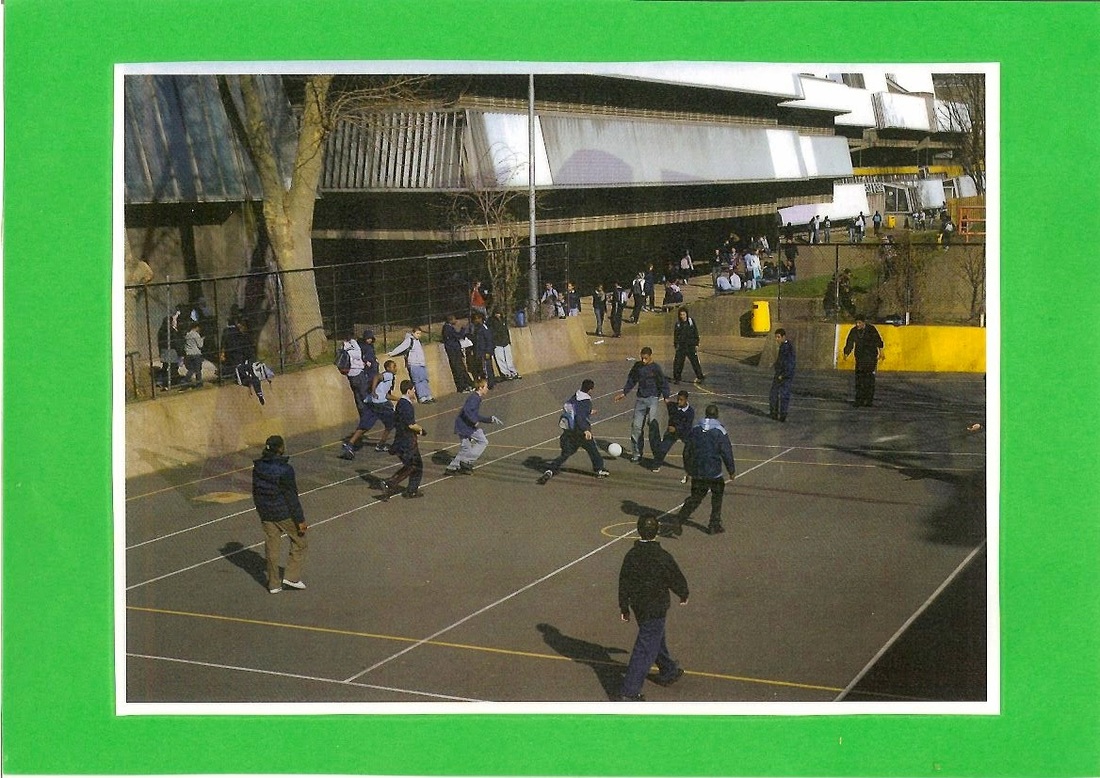
Part 4 (Discussion)
| What’s in Part 4? | Further discussion with the other candidate about the same topic as the task in Part 3. |
|---|---|
| What does the student have to practise? | Talking about opinions, likes/dislikes, preferences, experiences, habits, etc. |
| How long does the student have to speak for? | 3 minutes in total |
Let's watch the video:
Time to practice:
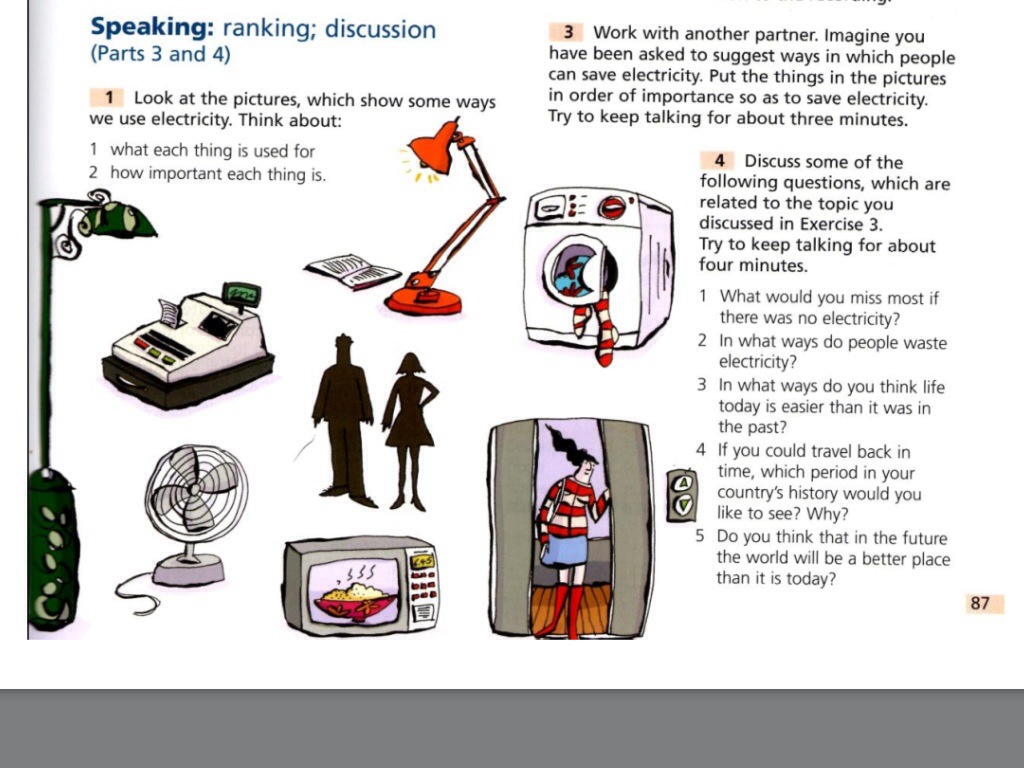
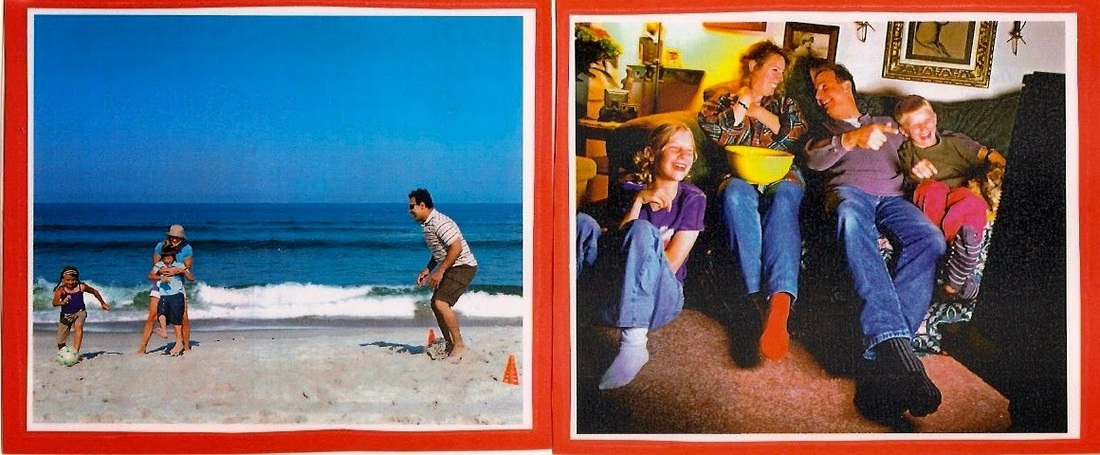
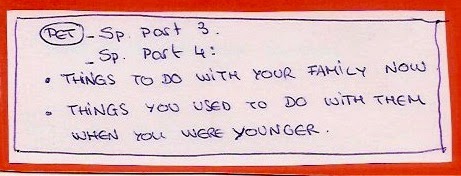
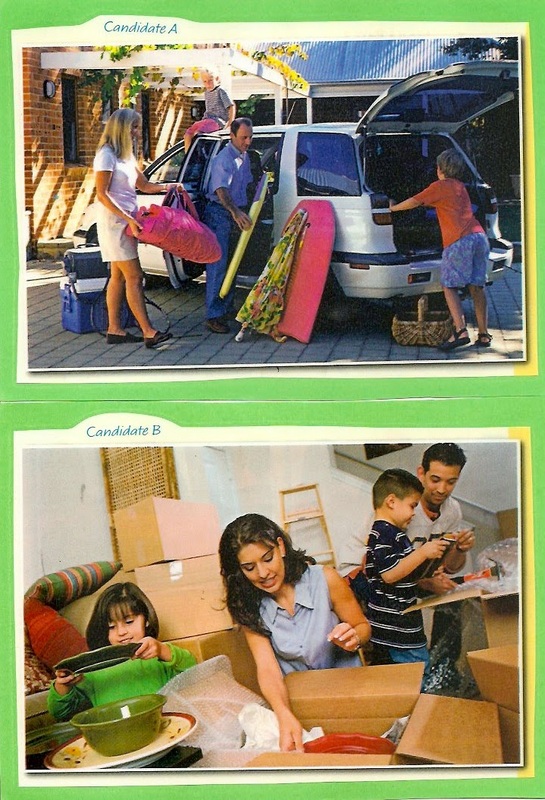
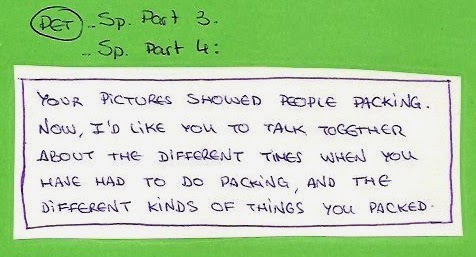


No hay comentarios:
Publicar un comentario